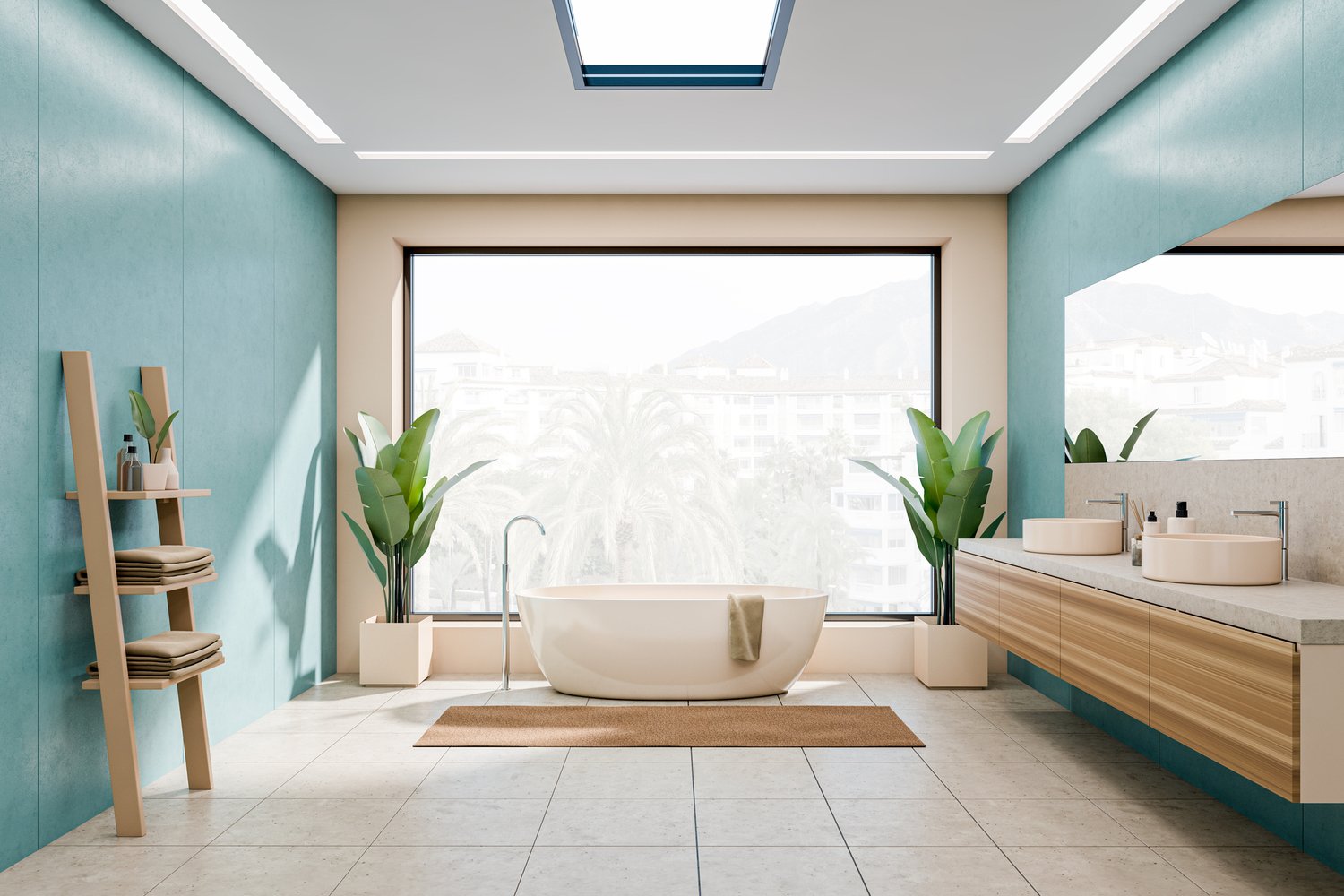Every home develops flooring issues over time, from annoying squeaks to unsightly scratches and dents that can diminish your home’s appearance. The good news is that many common flooring problems can be repaired without calling in professionals. This article provides practical DIY floor repair solutions for various types of flooring, including hardwood, laminate, vinyl, and tile. With a few simple tools and techniques, you can restore your floors to their former glory and potentially save hundreds of dollars on professional repairs.
Understanding Common Flooring Issues
Before diving into specific repair techniques, it’s important to understand why flooring problems occur. Scratches typically result from furniture movement, pet claws, or debris tracked across the floor. Dents often happen when heavy objects are dropped or when furniture sits in one place for extended periods. Those irritating squeaky floors usually occur when wood floorboards rub against nails or against each other due to seasonal changes, house settling, or subfloor issues. By identifying the root cause of your flooring damage, you can not only repair the current problem but also prevent future occurrences.
How to Fix Scratched Hardwood Floors
One of the most common issues homeowners face is how to fix scratched hardwood floors. For light surface scratches, start by thoroughly cleaning the affected area with a hardwood floor cleaner to remove any dirt or debris. Once clean and dry, apply a hardwood floor touch-up marker that matches your floor’s color to the scratch. For slightly deeper scratches, try using a pre-colored latex wood filler applied with a plastic putty knife. Allow it to dry completely before gently sanding with fine-grit sandpaper and applying a thin coat of finish that matches your existing floor. For valuable or antique hardwood floors with extensive damage, consulting with specialists from AskHomey might provide you with more specialized repair options that preserve the wood’s character and value.
Dealing with Dents in Hardwood and Laminate
When it comes to repair flooring damage like dents, different techniques are required depending on the flooring material. For hardwood floors with shallow dents, try the water method: place a damp cloth over the dent and carefully apply a warm iron for about 30 seconds. The steam causes the wood fibers to swell and potentially rise back to their original position. Repeat as necessary, being careful not to oversaturate the wood. For laminate flooring, which doesn’t respond to the water method, specialized filler products designed specifically for laminate can work wonders. Apply the filler according to the manufacturer’s instructions, and then use a laminate touch-up kit to match the color and finish of your floor.
Stop Squeaky Floors Once and For All
Nothing disrupts household peace quite like squeaky floors announcing every nocturnal trip to the bathroom. To stop squeaky floors, first identify the source of the noise. If you have access to the underside of the floor through a basement or crawl space, have someone walk across the floor above while you listen and watch for movement. Once located, apply wood glue between the subfloor and joists, then secure with screws (not nails, which can loosen over time). For squeaks in floors without underneath access, try a squeak-repair kit that allows you to drive special breakaway screws through the finished floor. These systems secure the subfloor to the joists without damaging the visible flooring surface.
Vinyl and Tile Floor Repairs
Vinyl flooring can develop tears or bubbles over time, while ceramic or porcelain tiles may crack or become loose. For vinyl tears, clean the damaged area thoroughly and apply vinyl adhesive beneath any loose sections. Place a heavy object over the repair until the adhesive cures. For bubbles, make a small incision in the center of the bubble, inject vinyl adhesive, and press flat. For cracked ceramic tiles, carefully remove the damaged tile using a grout saw and chisel, clean the area, apply new adhesive, and set a replacement tile. Always maintain extra tiles from your original installation for perfect matches when these repairs become necessary.
Preventative Maintenance
The best DIY floor repair strategy is prevention. Use furniture pads under all table and chair legs. Place rugs in high-traffic areas and entrance ways to catch dirt and debris before it scratches your floors. Clean floors regularly with appropriate cleaners for your specific flooring type. Maintain proper humidity levels in your home to prevent wood floors from expanding and contracting excessively. Trim pets’ nails regularly to minimize scratch potential. These simple steps can dramatically extend the life of your flooring and reduce the need for repairs.
For more tips and to connect with reliable home service professionals, follow AskHomey on Facebook and Instagram.



